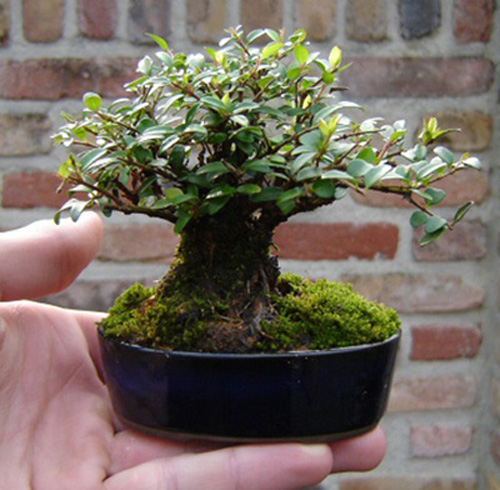
Ferry Freriks’ stout-trunked little Honeysuckle takes the grand prize in a down to the wire contest for a $100 gift certificate from Stone Lantern. Congrats Ferry!
Oh so close
Altogether 41 people (including me) submitted their choices. The total count for the first three finishers (see below for photos of the other two) were: Ferry’s Honeysuckle 84. John Romano’s Erodium 80. Brian and Jill’s (no last name) Serissa 80.
Next time
When I started this contest it didn’t occur that it would be so close. Next time I’ll divide the prize among the first three finishers. Meanwhile, John and Brian and Jill will have to be content with the knowledge that lots of people enjoyed their trees.
Thank you!
Every single tree got at least a handful of points. And I enjoyed them all and appreciated your daring in submitting your trees and subjecting them to our critiques.
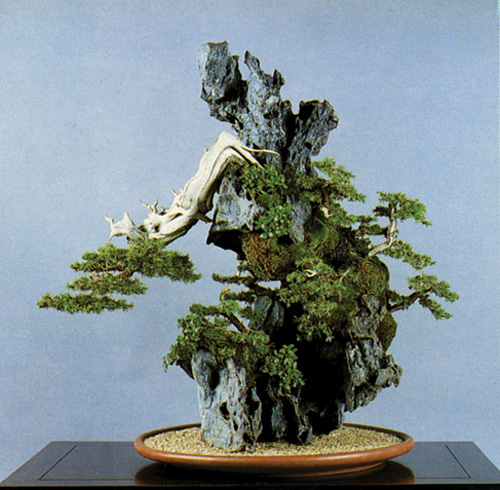
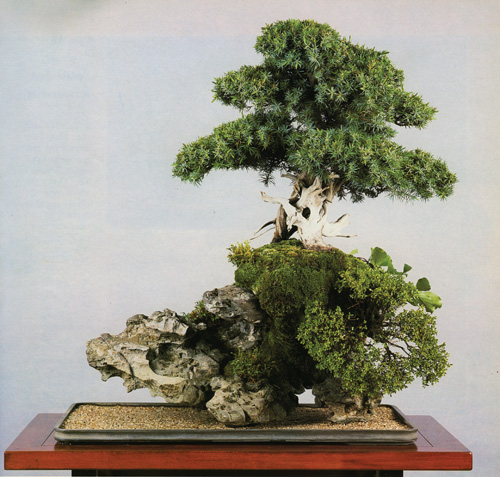
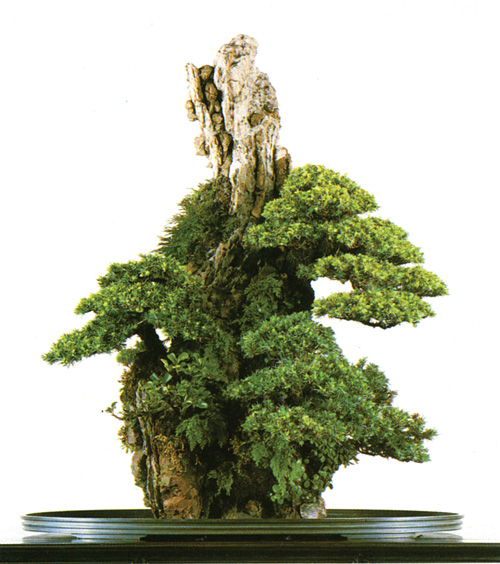
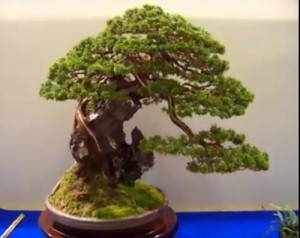
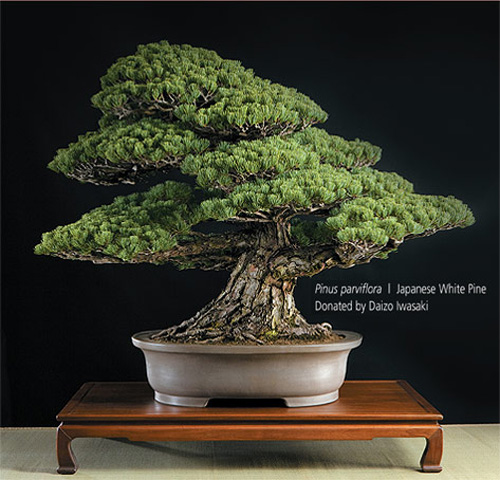

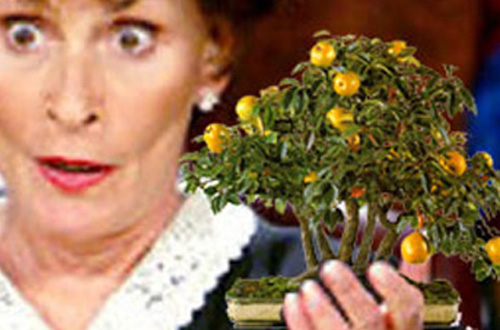
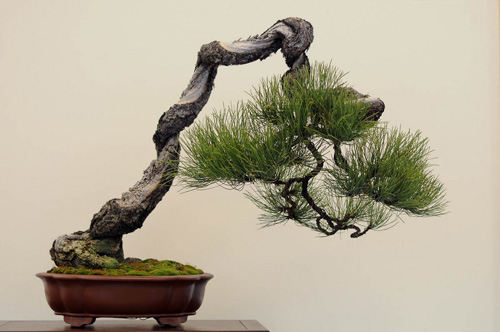
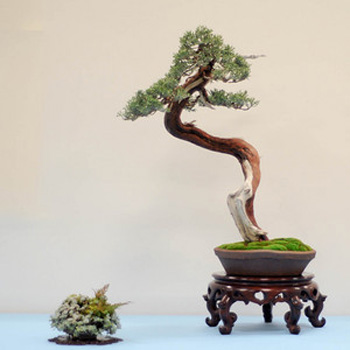
 Our biggest sale is happening now
Our biggest sale is happening now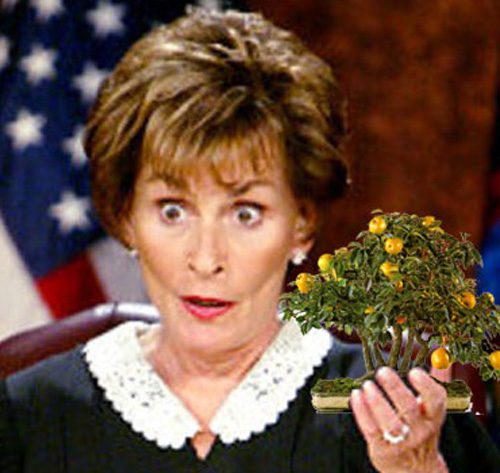
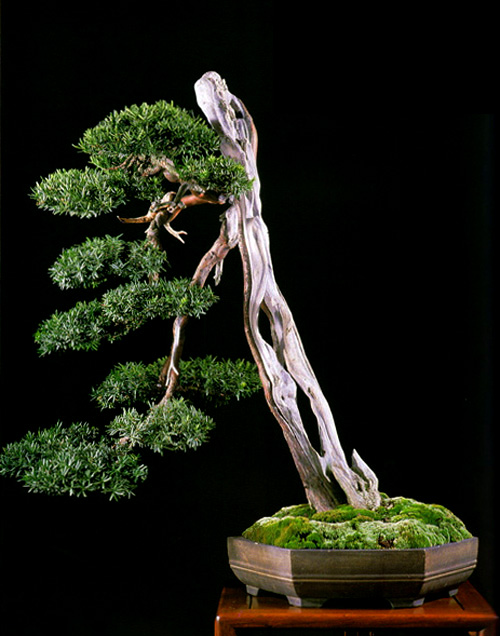
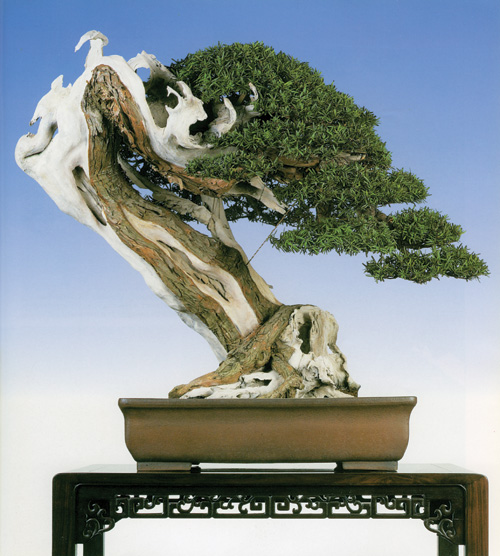
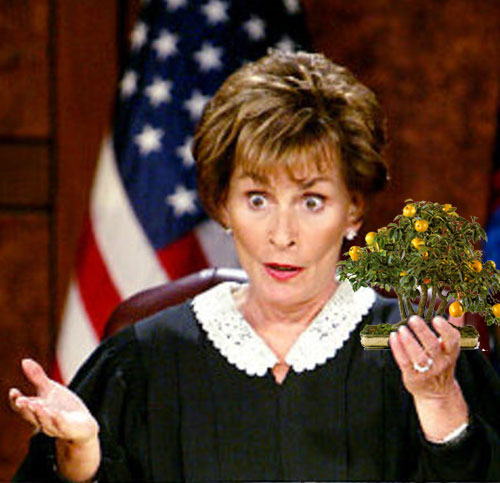
 This old Satsuki azalea, with its massive trunk and wild display of mixed up flowers, is from our
This old Satsuki azalea, with its massive trunk and wild display of mixed up flowers, is from our 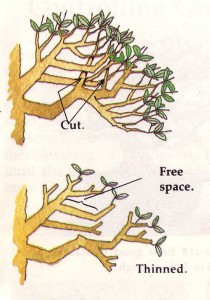 Thinning branches. With any bonsai it is necessary to thin on a regular basis. Branches that grow into or crowd other branches, (see above), branches that grow in towards the center of the tree, parallel branches that grow too close to each other, branches that are too thick for where they are on the tree, unhealthy branches and etc, all need to be thinned. The illustrations in this post originally appeared in
Thinning branches. With any bonsai it is necessary to thin on a regular basis. Branches that grow into or crowd other branches, (see above), branches that grow in towards the center of the tree, parallel branches that grow too close to each other, branches that are too thick for where they are on the tree, unhealthy branches and etc, all need to be thinned. The illustrations in this post originally appeared in